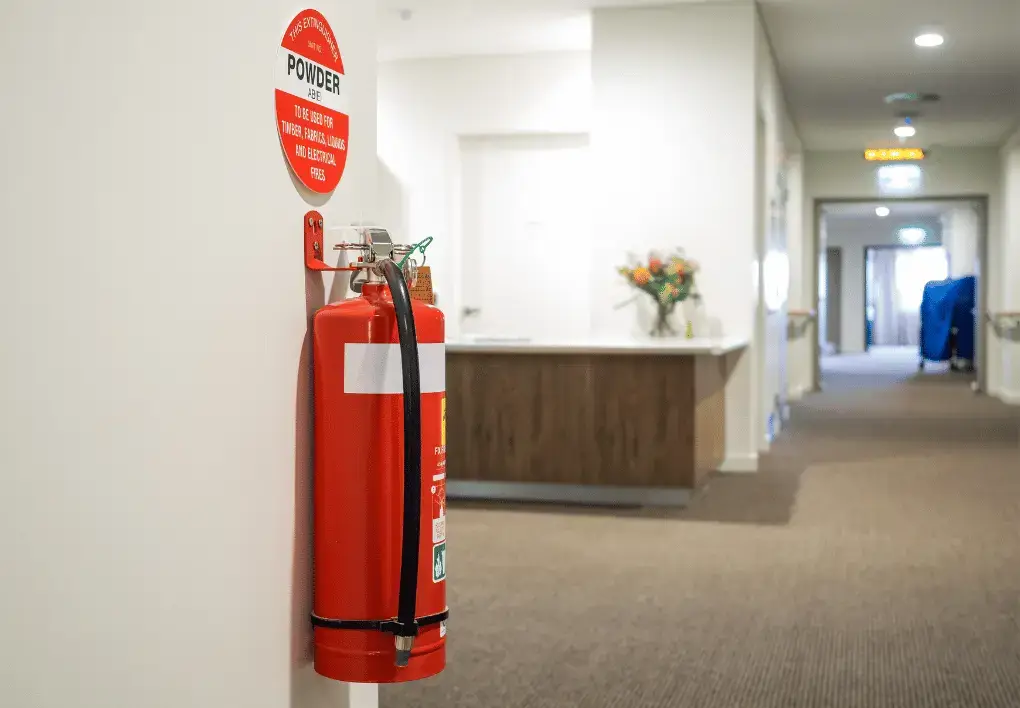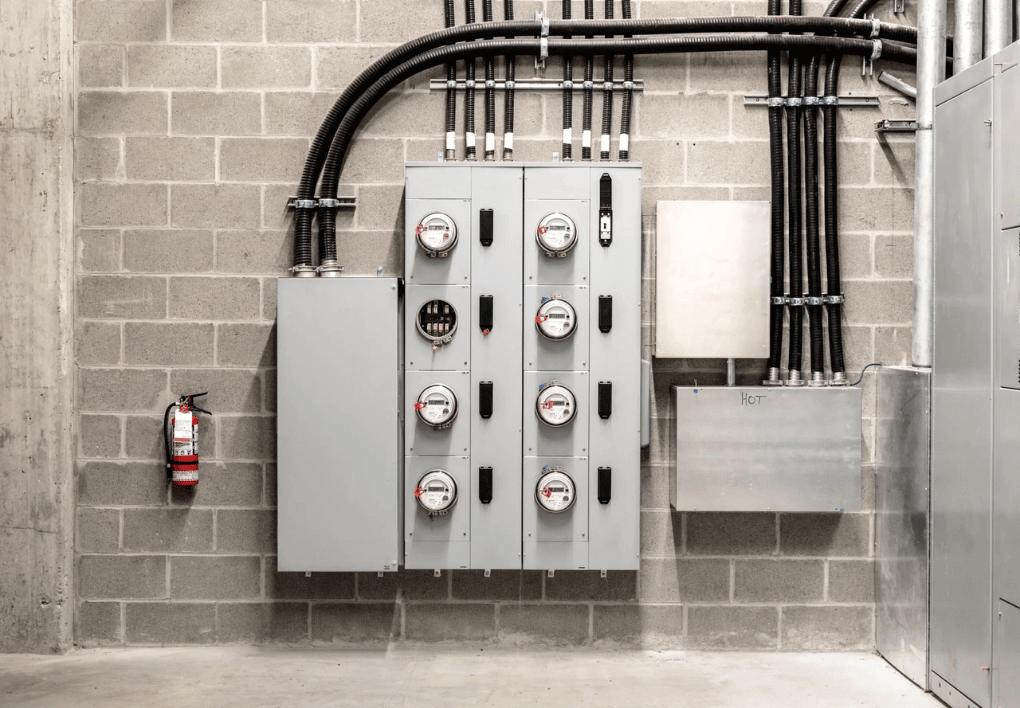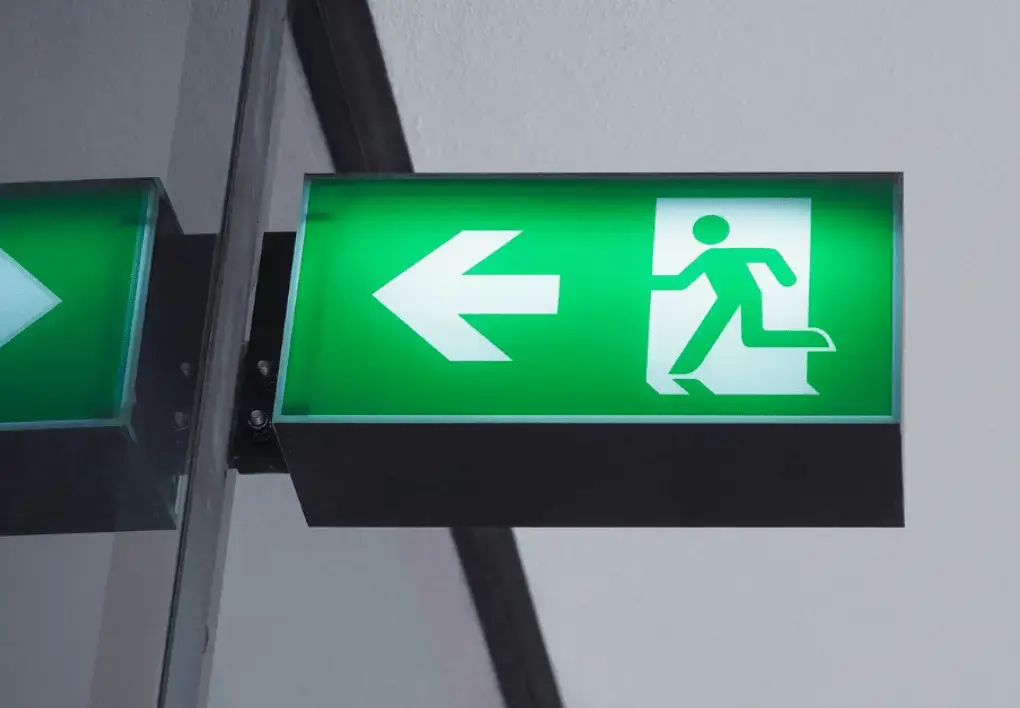OSHA Fire Extinguisher Requirements
28th July 2023
Note: This blog has not been updated since its original publication. Some information may be outdated. For the most current health and safety guidance, please refer to OSHA’s official website.

What is the legal requirement for all fire extinguishers?
Fire extinguishers are a commonplace item – many of us see them everywhere without ever needing to use them. However, ensuring they are where they are meant to be at all times is a challenge for businesses.
Though this may seem simple, OSHA has a series of standards dedicated to fire safety equipment and fire extinguishers.
OSHA standard 1910.157 – portable fire extinguishers has seen the retail trade as a whole fined over $500,000 in the year from October 2021 to September 2022. These fines are the result of 19 inspections, and 26 citations making the average citation in relation to portable fire extinguishers over $19,000.
This demonstrates the importance OSHA places on businesses to ensure there is access to fire fighting equipment as prescribed in the regulations.
So, what are the OSHA fire extinguisher requirements?
Two of the most important parts of this standard are:
OSHA 1910.157(c)
The employer shall provide portable fire extinguishers and shall mount, locate and identify them so that they are readily accessible to employees without subjecting the employees to possible injury.
OSHA 1910.157(c)
The employer shall assure that portable fire extinguishers are maintained in a fully charged and operable condition and kept in their designated places at all times during use.
Between these two standards, the expectation is clear – fire extinguishers should be available, in working order and easily accessible at all times.
What is the required clearance around a fire extinguisher
Hazard Detection can help you to maintain OSHA fire extinguisher requirements including maintaining clear access to fire safety equipment. Requirements for fire extinguishers are, like many OSHA standards, dependent on the types of fires likely to be encountered in different locations. For detailed information about requirements for your site OSHA provides a handy online tool for portable fire extinguishers.
The National Fire Protection Association (NFPA) makes the recommendation that locations with Class A combustible materials such as paper, fabrics, wood and certain types of plastic, workplaces should provide one 2-A extinguisher for every 3000 square feet. OSHA also states that all employees must have access to an extinguisher within 75 feet (22.9m) travel distance or less, and should have annual training on how to use the extinguishers if the situation arises, as well as training on understanding which types of fire they should try to tackle if they feel safe to do so.
As for the required clearance, OSHA inspectors will look for how easily accessible the extinguisher is, whether it is visible, whether it is mounted at the correct height from the ground, and whether employees can access extinguishers without having to move other items to get to them.
What is the protocol for using fire extinguishers?
Using a fire extinguisher is something businesses hope their employees will not need to do. However, it is important to recognise that providing equipment is not enough if employees are unsure or unaware of how to use it.
Employers need to provide training for their staff on the use of fire extinguishers and the associated hazards when fighting small or developing fires. This needs to be as soon as possible after they are recruited, and repeated annually.
For employees designated to use fire extinguishers, they should be provided additional training on safely using fire extinguishers and the emergency evacuation plan, per standard 1910.157(g).
If the above are satisfied, OSHA then sets out a series of steps which should also form part of the training for employees, in understanding the type of fire they may be facing and how to approach it. In order to get to this stage, it is important that employees have had training, and that they have access to a fully working fire extinguisher.
How can Hazard Detection help with OSHA fire extinguisher requirements compliance?
The challenge for businesses is ensuring extinguishers are where they are meant to be, easy to spot and accessible should they be needed. Hazard Detection enables businesses to have clear oversight of these factors, which can lead to fines in an inspection, or prevent access to safety equipment during an emergency.
The continuous monitoring system alerts in real-time if extinguishers are obscured from view, blocked or otherwise not accessible, with alerts delivered via existing internal communication and notification systems. This not only gives businesses peace of mind that fire safety equipment is where it should be at all times, but it also reinforces to employees that equipment should not be moved unless it is being inspected or needed for an emergency, and should it be used for an emergency it also highlights where replacement equipment is needed.


